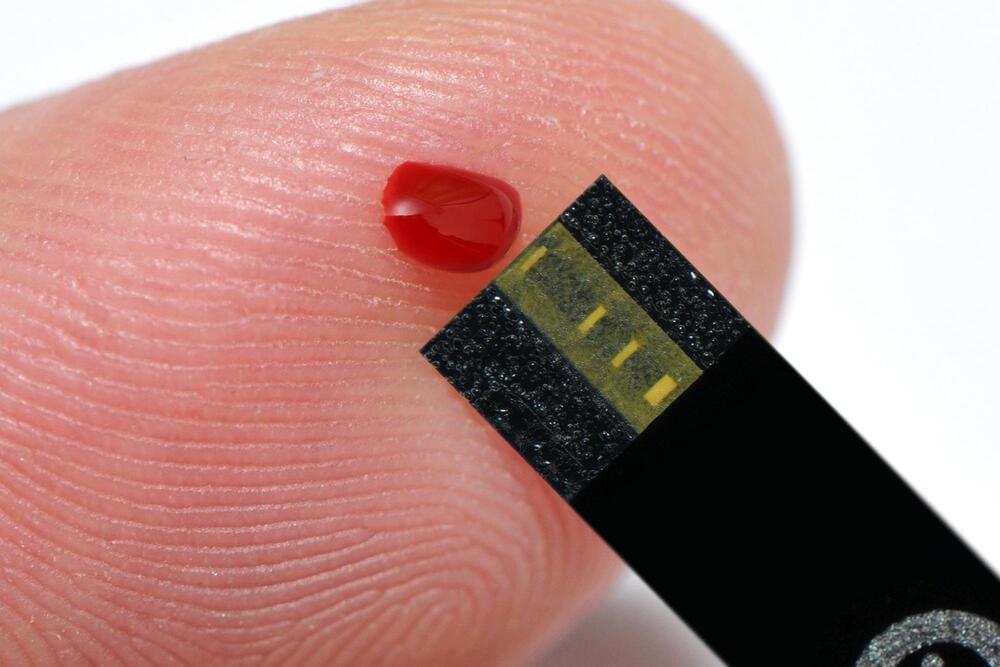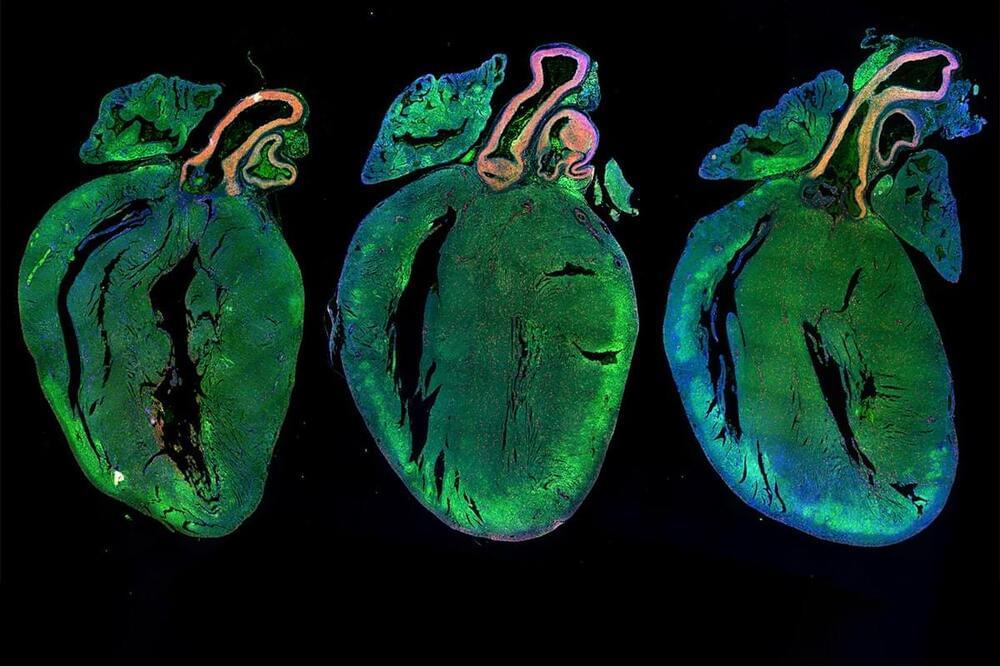Glass isn’t uncommon on the Moon. But these spheres are.
China’s Yutu-2 lunar rover on a mission to find out more about the far side of the Moon has made a startling new discovery. It has found mysterious glass spheres that may have captured within them important information about the Moon’s composition and history of its impact events, * Science Alert* reported.
Originally scheduled to be operational on the lunar surface for just three months, the Yutu-2 now holds the record of being the longest operational rover on the Moon. When it landed in 2019, it became the first rover to reach the far side of the Moon and has since been providing us insights about the side we cannot see from Earth. Last month, we learned that the soil on the far side is a lot stickier, and now there is the mystery of the glass spheres on the Moon aren’t a new finding. But the nature of these spheres makes them interesting and possibly a gateway for future missions.









